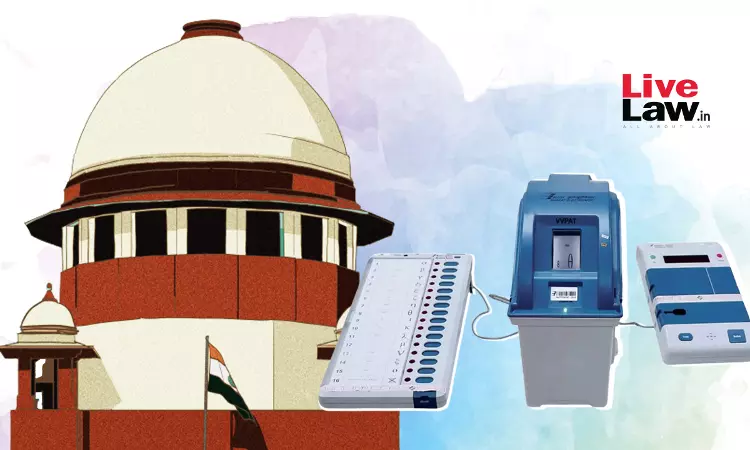EVMs Can't Be Tampered With, Return To Ballot Paper Will Undo Electoral Reforms: Supreme Court
Debby Jain
26 April 2024 4:31 PM IST

Next Story
26 April 2024 4:31 PM IST
Rejecting the petitions seeking 100% cross-verification of EVM data with VVPAT records, the Supreme Court has observed that the suspicions regarding EVM tampering are unfounded and reverting back to the ballot paper system, as prayed, would undo the reforms that have taken place over the years.The bench of Justices Sanjiv Khanna and Dipankar Datta pronounced the verdict earlier today,...
